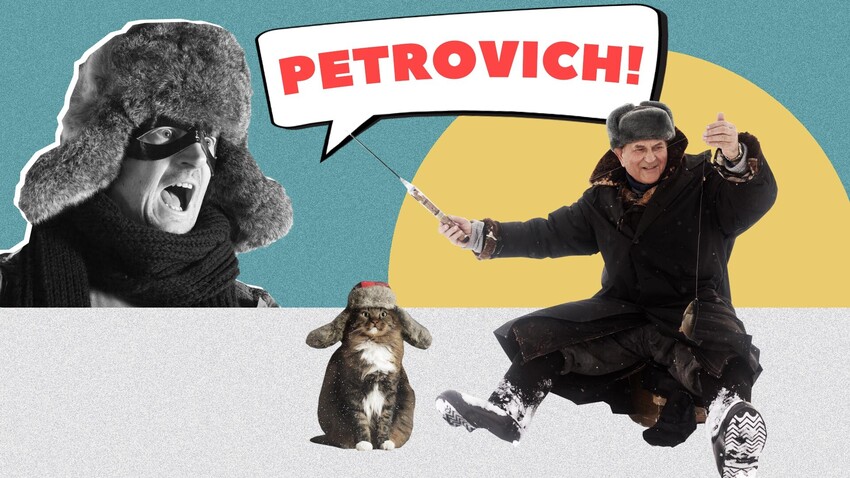
You may know Russian patronymics are rather complicated. Yes, that weird middle part in Russian names – ‘Petrovich’, ‘Ivanovich’, etc. But there’s a way to better understand them.
A Russian person’s patronymic name is made from the name of the person’s father. Putting aside the rules of Russian patronymic construction, it’s important to understand one thing. The first part of the patronymic is always the father’s name:
Petrovich – Petr
Alexeevich – Alexey
Nikitich – Nikita
The second part (the ending) of the patronymic indicates whether the person’s male or female – -ovich, -evich or -ich indicate a man, while -yevna, -ovna or -ichna a woman.
So, the female patronymics would be:
Petrovna – Petr
Alexeyevna – Alexey
Nikitichna – Nikita
According to the rules of formal Russian etiquette, a patronymic should be used when addressing people senior than you and when addressing people in formal circumstances:
Ivan Ivanovich
Boris Nikitich
Mariya Ilyinichna
Between people of the same age, even if they are addressing each other politely (using “Вы” instead of “ты”), for example, in working collectives, patronymic is omitted. They can address each other by their names in full form – Ivan, Boris, Mariya, etc. instead of Vanya, Borya, Masha, which are informal.
However, when used without a first name, patronymics are super informal and are only deemed permissible between close friends, associates, neighbors. It would feel totally weird if one addressed a person whom they know only a day or two by their patronymic. Alternatively, lifelong friends can easily call each other Petrovich or Ivanych.
If using any of Russia Beyond's content, partly or in full, always provide an active hyperlink to the original material.
Subscribe
to our newsletter!
Get the week's best stories straight to your inbox